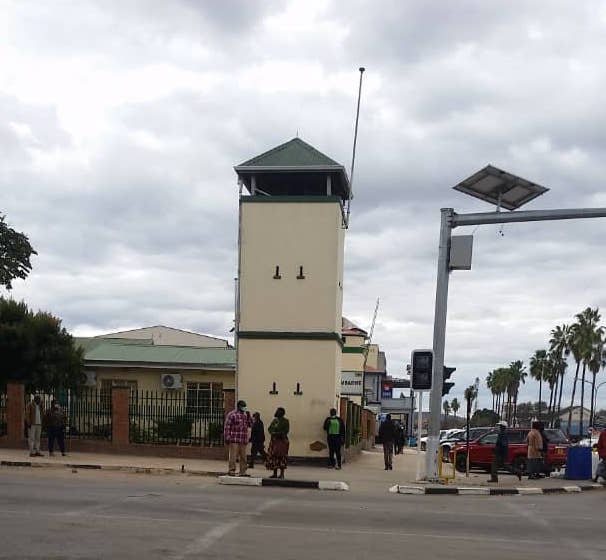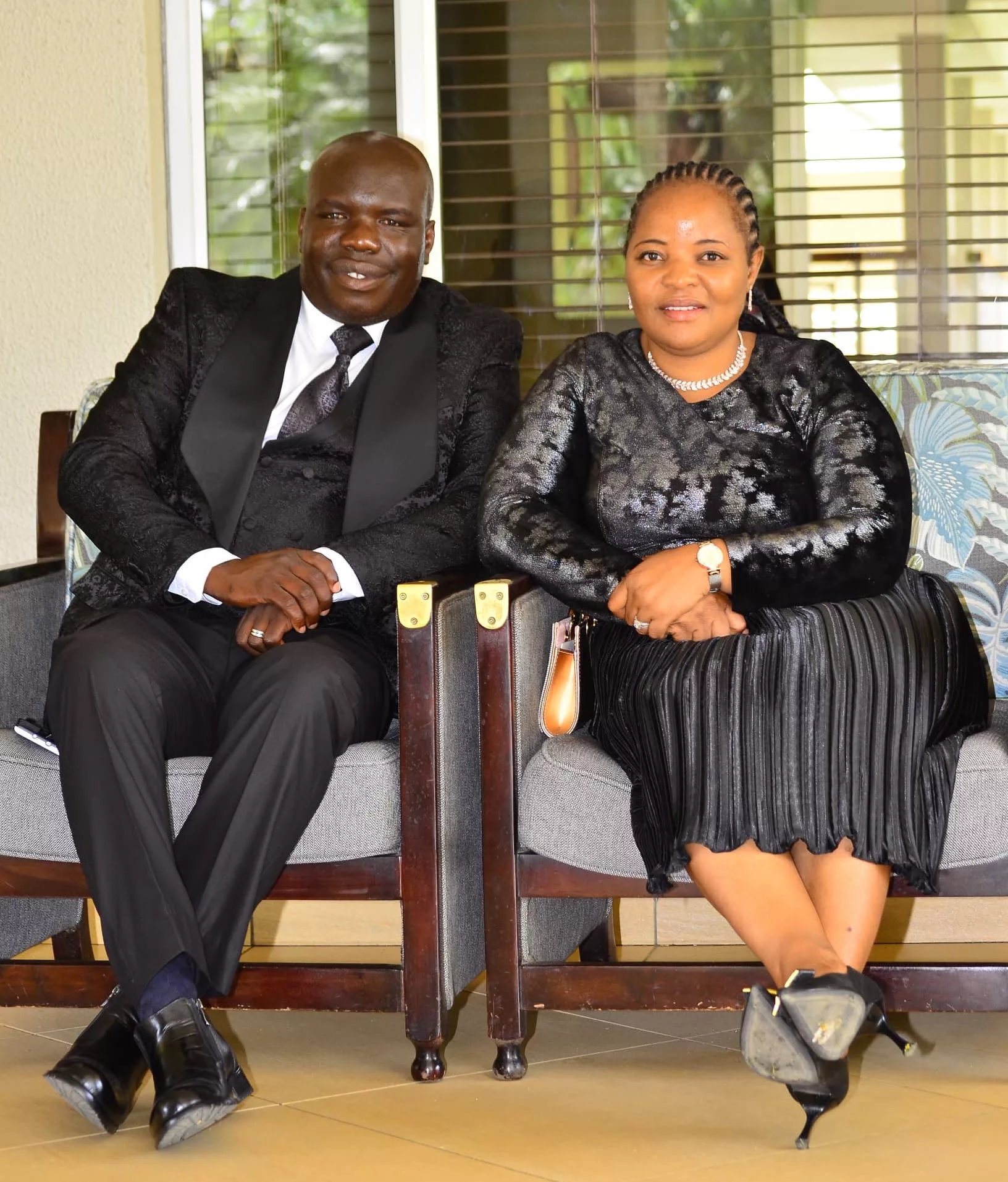By Nimrod Ushe
The Curfew Tower is a national monument located at the corner of Robert Mugabe Street and Leopold Takawira Street in the Masvingo metropolitan. The structure is a tall, small square building that was erected by the British South Africa Company (BSAC ) in the 1890s, when Fort Victoria (Masvingo) was established.
It is a National Museums and Monuments of Zimbabwe (NMMZ)’s historic curfew building which was also meant for protecting Rhodesian settlers in and around Masvingo in 1893.
Masvingo’s s curfew was fixed from evening till dawn and it was marked by the alarming of the Curfew Tower bell. People were required to be off from the streets and to be in their homes by 9 pm. And this can be confirmed by the plaque at the Curfew Tower.
According to the National Museums and Monuments of Zimbabwe (NMMZ) documentaries, the (BSAC) settlers were infuriated by the Matabele King Lobengula who attacked them because they had occupied the Mashonaland.
The Curfew Tower was then equipped with machine guns and which were used to protect the city when war broke out between King Lobengula and Rhodesian settlers in 1893.
In Zimbabwe, the declaration of the curfew could be traceable to January 1974 when Ian Douglas Smith’s regime declared a curfew in certain Tribal Trust Lands (TTLs) and African Purchase Areas (APAs) in the north-east parts of the country. This was meant to suppress the Zimbabwean freedom fighter’s movements.
“The curfew was extended in 1975 to the entire length of Zimbabwe’s borders with Mozambique, Botswana, and Zambia as the country was hard hit by the Second Chimurenga war. And all this was done under the Emergency Regulation Powers (Law and Order (Maintenance) Act (between 1960 and 1966),” said MatigariRetired Major Morgan Musina who added that “During the Second Chimurenga 6 pm was the time for the curfew in both rural and urban areas and no one was supposed to move except for the army and police on patrol. Sometimes the army and police would shift after 4 hours but generally, they would maintain a close eye to ensure that people adhere to the curfew regulations “.
And those who were caught on the wrong side of the law were either fined or imprisoned.
They say “history repeats itself”. Indeed curfew era has reminded itself and nothing is new to Masvingo and the rest of the country as the curfew was declared a week ago though in a different setup.
As events continue to unfold in Zimbabwe one might be tempted to say “Masvingo was the first city to encounter a curfew in this country and indeed the clock has been turned back.” Thus the Curfew Tower of Masvingo helps contemporary societies with the memory – a permanent reminder of the curfew era.

On Tuesday 21 July 2020, the Zimbabwean government tightened it’s mitigation measures against the Coronavirus (Covid-19) pandemic with a curfew. Who knows? Maybe the current curfew might help to minimize the spread of the novel COVID -19 which has ravaged the country since the disease can be transmitted by coughing or sneezing, contacting an infected person or contaminated items. So by sanctioning people’s movement at night in towns and rural areas might help to curtail the novel Covid-19 pandemic.
In this regard, people are supposed to be off the streets between 6 pm and 6 am. However, essential service providers were exempted by President ED Mnangagwa’ s proclamation.
Meanwhile, the Masvingo Curfew Tower is experiencing some conservation challenges as the plastered layer at its base seems to be exfoliating. The aging plastered layer is peeling off leaving some patch mark on the building and also exposing the farm bricks which were used a century ago to various agents of deterioration.
Lastly, the ancient tower facing sometimes faces preservation challenges chief among them graffiti and illegal posters as some people mistakenly post their adverts on its walls. However, such kind of acts can get one into trouble or imprisonment, as the building is fully protected by the (NMMZ) Act 25/11






